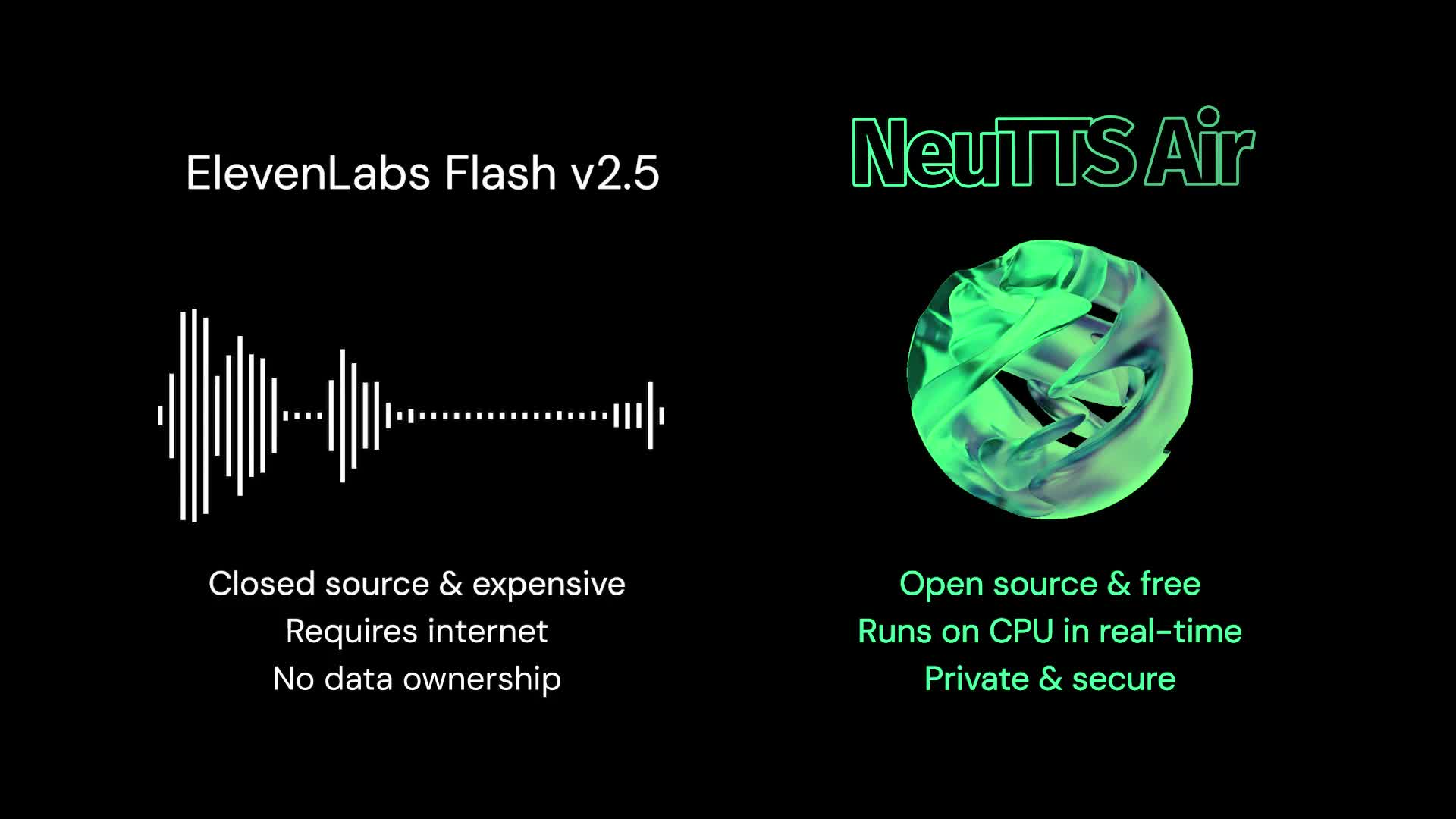
Cloudflare's Edge Data Platform: The End of Traditional Cloud Architecture?
Cloudflare's new Data Platform brings data processing to the edge, potentially disrupting AWS and Azure's centralized cloud dominance.
The centralized cloud model that’s dominated tech for the past decade just got a serious challenger. Cloudflare’s new Data Platform isn’t just another product launch, it’s a fundamental rethinking of where data processing should happen. By bringing data ingestion, storage, and query capabilities directly to its edge network, Cloudflare is betting that proximity matters more than processing power.
What Exactly Is Cloudflare Disrupting?
Traditional cloud data platforms follow a simple pattern: collect data from edge devices, ship it to centralized data centers for processing, then send insights back. This model works fine for batch processing, but falls apart when you need real-time responses. The latency introduced by round-tripping data across continents makes applications feel sluggish and limits what’s possible with IoT, gaming, and real-time analytics.
Cloudflare’s approach flips this model upside down. Their new Data Platform ↗ enables users to “ingest, store, and query data directly on Cloudflare’s edge network.” This means data processing happens within milliseconds of where it’s generated, not hundreds of milliseconds away in a regional data center.
The platform builds on Apache Iceberg and R2 storage, offering a fully-managed suite for analytical data. But the real innovation isn’t the technology stack, it’s the distribution model. With Cloudflare’s network spanning 300+ cities worldwide, data processing can happen physically closer to end-users than ever before.
The Zero Egress Fee Gambit
One detail that caught immediate attention: Cloudflare’s platform features zero egress fees. This directly challenges the business model that cloud giants have built their empires on. AWS, Azure, and GCP have long used data transfer fees as a significant revenue stream, what some critics call a “data gravity tax” that locks customers in.
The developer community immediately recognized the implications. This zero egress fee model underscores how Cloudflare could force competitors to adjust their pricing strategies across the board.
This pricing model aligns perfectly with edge computing’s value proposition. When you’re processing data locally, you’re not paying to move terabytes across the internet. The cost savings could be substantial for data-intensive applications like video streaming, IoT sensor networks, or real-time analytics.
Technical Architecture: Built for Distributed Scale
Cloudflare’s platform isn’t just a CDN with storage bolted on. The technical foundation reveals a sophisticated distributed system designed for modern data workloads:
- Apache Iceberg Integration: Provides ACID transactions and schema evolution for large-scale data lakes
- R2 SQL Compatibility: Enables SQL queries against object storage without moving data
- Edge-Native Processing: Data transformation and analysis happen at the network perimeter
- Global Consistency: Despite distribution, maintains data consistency across locations
This architecture addresses one of edge computing’s biggest challenges: managing data consistency across distributed locations. By building on Iceberg, Cloudflare ensures that developers get enterprise-grade data management capabilities without sacrificing the latency benefits of edge processing.
The platform appears to be the result of Cloudflare’s acquisition of Arroyo Systems ↗, bringing stream processing expertise into their edge network. This suggests they’re thinking beyond simple data storage toward real-time stream processing capabilities.
Real-World Impact: Who Benefits Most?
The applications that stand to gain from edge data processing read like a list of today’s most demanding workloads:
Real-Time Analytics: E-commerce platforms can analyze user behavior instantly rather than waiting for batch processing. Fraud detection happens before transactions complete, not hours later.
IoT and Smart Devices: Industrial IoT sensors can process safety-critical data locally without relying on distant cloud connectivity. Autonomous vehicles get faster decision-making capabilities.
Media and Gaming: Content delivery becomes smarter with local processing understanding user engagement patterns. Multiplayer games reduce latency for competitive advantage.
AI at the Edge: Machine learning models can run inference locally, reducing the need to send sensitive data to central clouds while improving response times.

The Centralization vs. Distribution Debate
Cloudflare’s move reignites an old architectural debate: should computing be centralized for efficiency or distributed for performance? For years, the cloud giants argued that centralization wins, bigger data centers mean better economies of scale. But as edge computing becomes more prevalent ↗, the calculus changes.
The truth is, most applications need both. Some processing belongs at the edge for latency-sensitive operations, while other workloads benefit from centralized scale. Cloudflare’s platform seems designed for this hybrid reality, allowing developers to choose where processing happens based on application requirements rather than infrastructure constraints.
This approach challenges AWS’s edge strategy, which often feels like an extension of their centralized cloud rather than a truly distributed architecture. While AWS offers edge services like Outposts and Local Zones, they’re still regional rather than metro-level distributed.
The Developer Experience Shift
For developers, the biggest change might be psychological. We’ve been trained to think about data processing in terms of regions and availability zones. Cloudflare’s platform encourages thinking in terms of proximity and latency.
The integration with Cloudflare Workers means developers can write functions that process data right where it lands. This “code follows data” approach could significantly simplify architectures that currently require complex data pipelines spanning multiple cloud regions.
However, distributed data processing introduces new challenges. Debugging becomes more complex when your data is spread across hundreds of locations. Monitoring requires understanding both application performance and network topology. These aren’t trivial problems, and Cloudflare will need to provide robust tooling to make distributed development accessible.
The Competitive Landscape Response
AWS and Azure aren’t standing still. Both have edge computing offerings, but they approach the problem differently. AWS focuses on bringing cloud capabilities to customer premises through Outposts, while Azure emphasizes integration with their existing cloud services.
Cloudflare’s advantage is their network footprint. With points of presence in more locations than either AWS or Azure, they can offer true metro-level distribution. The question is whether they can build the ecosystem and enterprise features needed to compete at scale.
The developer community’s reaction suggests Cloudflare has struck a nerve. Many see the platform as “fucking cool” technology that could reshape how we think about cloud infrastructure. But cool technology alone doesn’t win enterprise contracts, reliability, support, and integration matter just as much.
What’s Next for Edge Data Processing?
Cloudflare’s Data Platform represents a significant milestone in the evolution of cloud computing. We’re moving from an era where “the cloud” meant a handful of massive data centers to one where computing happens everywhere, from IoT devices to metro-level edge locations.
The implications extend beyond technical architecture. Data sovereignty becomes easier when processing happens within legal jurisdictions. Privacy improves when sensitive data doesn’t need to traverse international borders. Performance becomes more predictable when latency is measured in single-digit milliseconds.
This development could force competitors to adjust their pricing strategies accordingly. But the impact might be deeper than just pricing. We could see a fundamental rethinking of how cloud services are architectured, with more emphasis on distribution and less on centralization.
The edge data platform war is just beginning. Cloudflare has fired the first serious shot across the bow of the cloud giants. How AWS, Google, and Microsoft respond will shape the next decade of cloud computing. One thing’s certain: data processing will never be the same.

